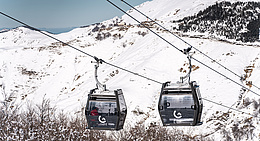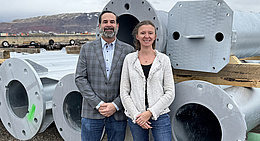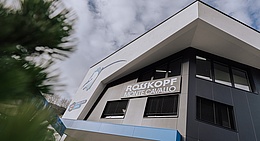Bad Harzburg is a spa town on the northern margin of the Harz Mountains and the border between the German states of Lower Saxony and Saxony-Anhalt. Noted for its natural thermal brine baths and Sauna World, Bad Harzburg is also well endowed with clinics. With numerous cities located in the immediate vicinity, the Harz Mountains have a large catchment area. The first tourist facilities were established there at the end of the 19th century, and in 1898 a 19 km long meter-gage railroad opened up the Brocken, the highest peak in the region at 1,141 meters above sea-level.
First aerial passenger tramway in the Harz Mountains
In a next step, after years of deliberation, representatives of the municipality of Bad Harzburg and the Adolf Bleichert & Co. engineering company of Leipzig got together in October 1926 on a project to build a ropeway up the Burgberg. A bank loan was forthcoming for the total estimated costs, with the municipal and state authorities each bearing half of the bond.
This, the first passenger ropeway in northern Germany, took only four months to build. Construction work on the two stations and the single line tower began on March 18, 1929, and made rapid progress. The foundations for the mountain station were a particular challenge. Almost a thousand years ago, Emperor Henry IV had the top of the Burgberg leveled in order to build a castle there, and the excavated rock was dumped on the mountainside. Instead of simply blasting the rock to take the foundations, a huge pit had to be excavated the size of the entire top station, in some cases to a depth of up to 10 m. This was the only way to ensure that the foundations would be able to absorb the tension forces in the track ropes. In spite of this difficulty, the cable car was officially opened on July 17.
The 481 m long ropeway was built as a classic twin-track reversible with a track rope, haul rope, counter rope and auxiliary rope on each side. The drive is located in the top station. Tensioning for the track ropes, and the counter and auxiliary ropes is in the bottom station. As the line is short, the two cabins for 18 passengers plus an attendant can transport up to 300 passengers per hour to the top of the Burgberg at a line speed of only 3.5 m/s.
The ropeway was originally operated with the track rope brake invented by the South Tyrolean ropeway pioneer Luis Zuegg (Bleichert-Zuegg system). In 1969, the cabins were fitted with new hangers and carriages with two safety brakes, which can be operated manually from the cabin and are also activated automatically in the event of slack in the haul rope or rope failure. In an emergency, the auxiliary rope – with its separate drive and rescue carrier – permits evacuation of an immobilized cabin. The rescue carrier is intended for use on the lower section of the line where ground clearance is highest (up to 40 m). On the rest of the line, rescue is by abseiling.
The ropeway is still virtually in its original condition apart from adjustments to the control system and the drive that were required for the first renewal of the operating license in 1959 after 30 years of operation. During World War II, the construction plans for the cable car were destroyed, and they had to be redrawn on an as-is basis, as there was no chance of getting copies from the former Bleichert company in Leipzig, which was then in the Soviet zone of occupation. The original pavilion cabins, as they were called, were replaced with new ones of a very similar design in 1969. The top station houses a small museum devoted to the history of the Burgberg Cable Car.
Tourist attraction
The Burgberg Cable Car was built as a replacement for the donkeys and mules formerly used to transport summer visitors to the top of the Burgberg and has carried more than 25 million passengers over a period of 90 years.
The reversible saves spa visitors and tourists the strenuous climb to the top of the Burgberg. The remains of the historic castle are located right next to the top station. Around Bad Harzburg, the gateway to the Harz National Park, there are several hundred kilometers of hiking trails, some of which begin at the top station.
As a special attraction, couples looking for a wedding with a difference can tie the knot in one of the cable car cabins.
A brief history of Adolf Bleichert & Co.
In 1873, Adolf Bleichert and his partner and later competitor Theodor Otto built the world’s first bicable circulating ropeway in Teutschenthal near Halle/Saale to carry coal to a paraffin production plant. Founded by Adolf Bleichert in Leipzig-Gohlis in 1874, the company built more material ropeways over the years than all its competitors put together. By 1899, Bleichert had constructed a thousand cableways (material-handling ropeways). In 1912/1913, the company moved into the field of passenger ropeway construction with the rebuilt Kohlernbahn in Bozen. Following acquisition of patents held by the engineer Luis Zuegg in 1924, his system was used to build 36 reversible passenger ropeways worldwide in the interwar period. Of the six ropeways constructed in Germany, the Burgberg Cable Car and the Predigtstuhl Cable Car are still in operation in virtually their original condition. After World War II, the company was taken over and renamed several times before the last successor company, VTA GmbH, went into liquidation on April 1, 1993. That was the end of the 120-year history of what used to be the world’s biggest ropeway manufacturer.
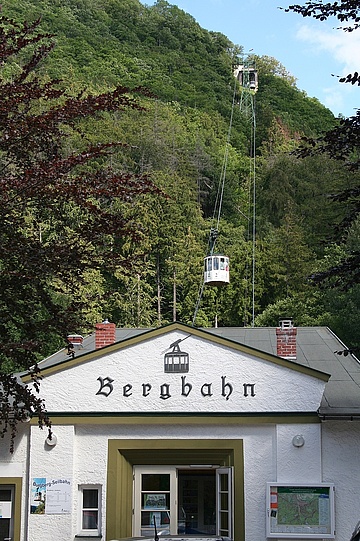
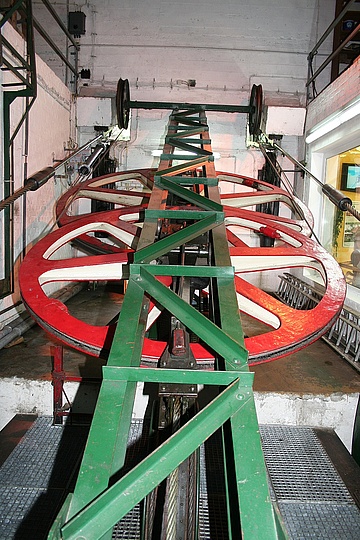
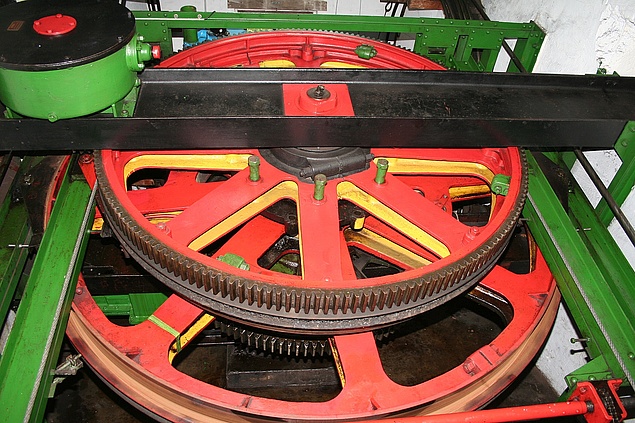
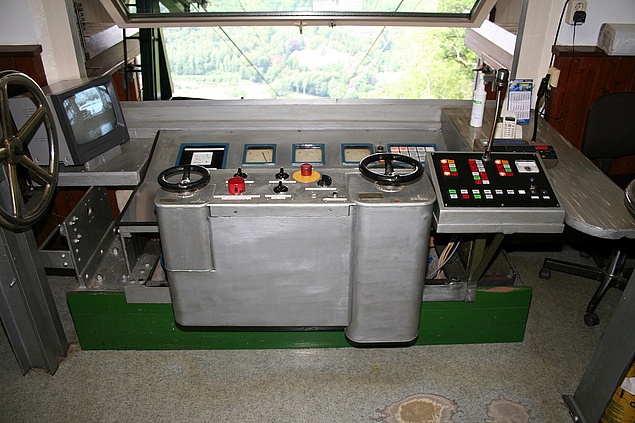
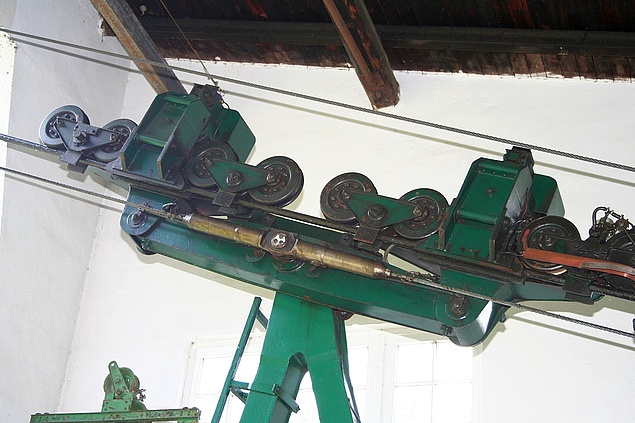
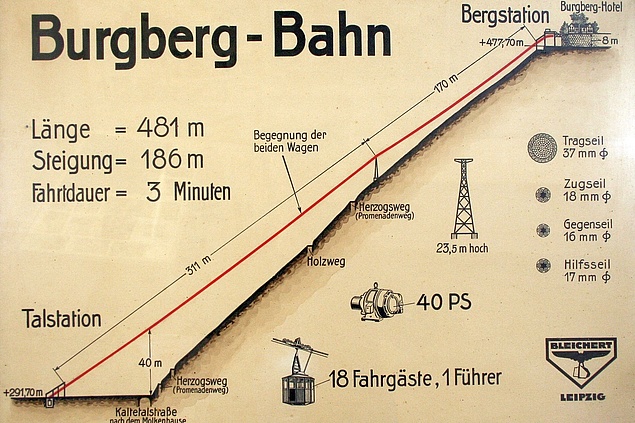
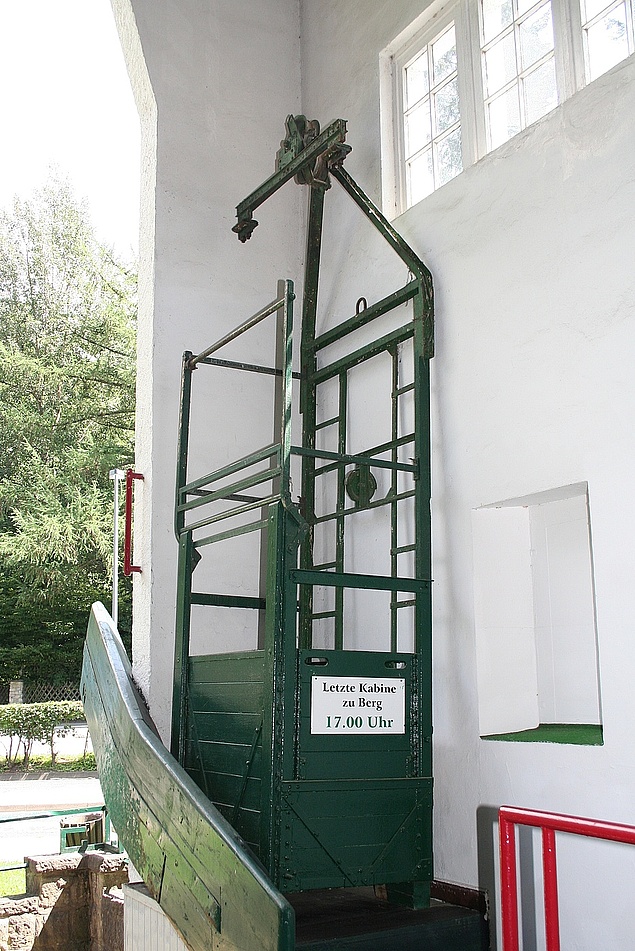
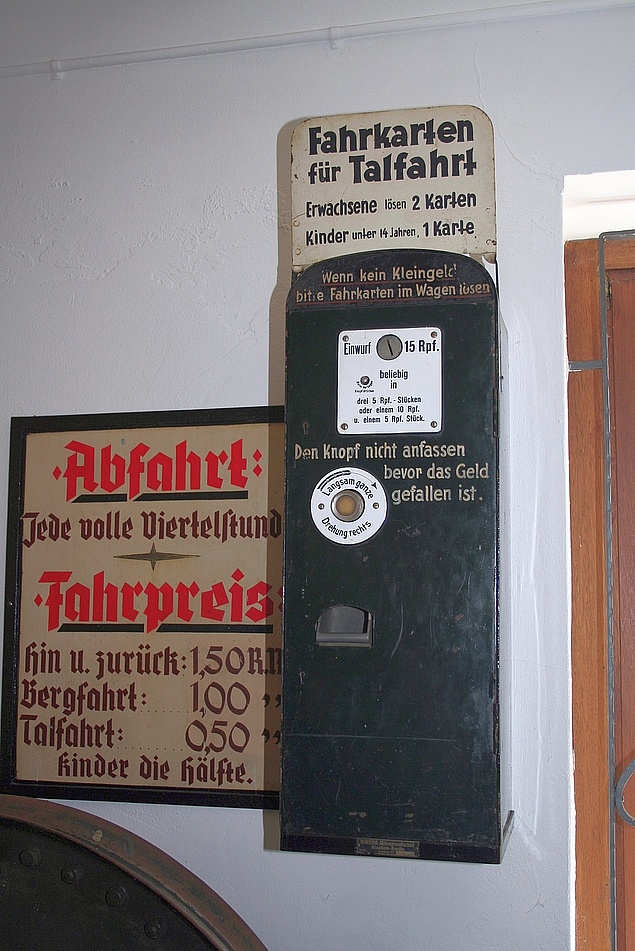
![[Translate to English:] Foto: Leitner](/fileadmin/_processed_/a/8/csm_Vertragsunterzeichnung_Narvik_6_copyright_LEITNER_print_501f2d5c24.jpg)
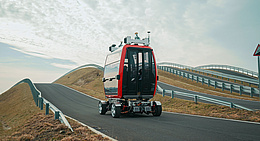
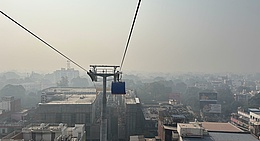
![[Translate to English:] (c) Doppelmayr](/fileadmin/_processed_/b/3/csm_85-ATW_Stechelberg-Muerren_Lauterbrunnen_CHE_001_6442c0520d.jpg)

